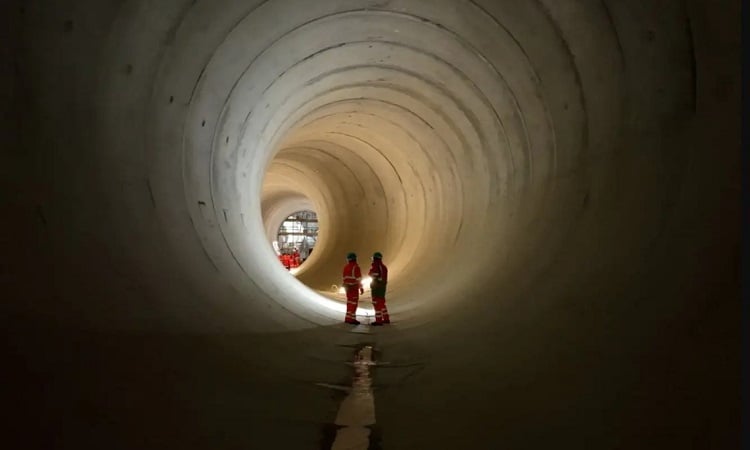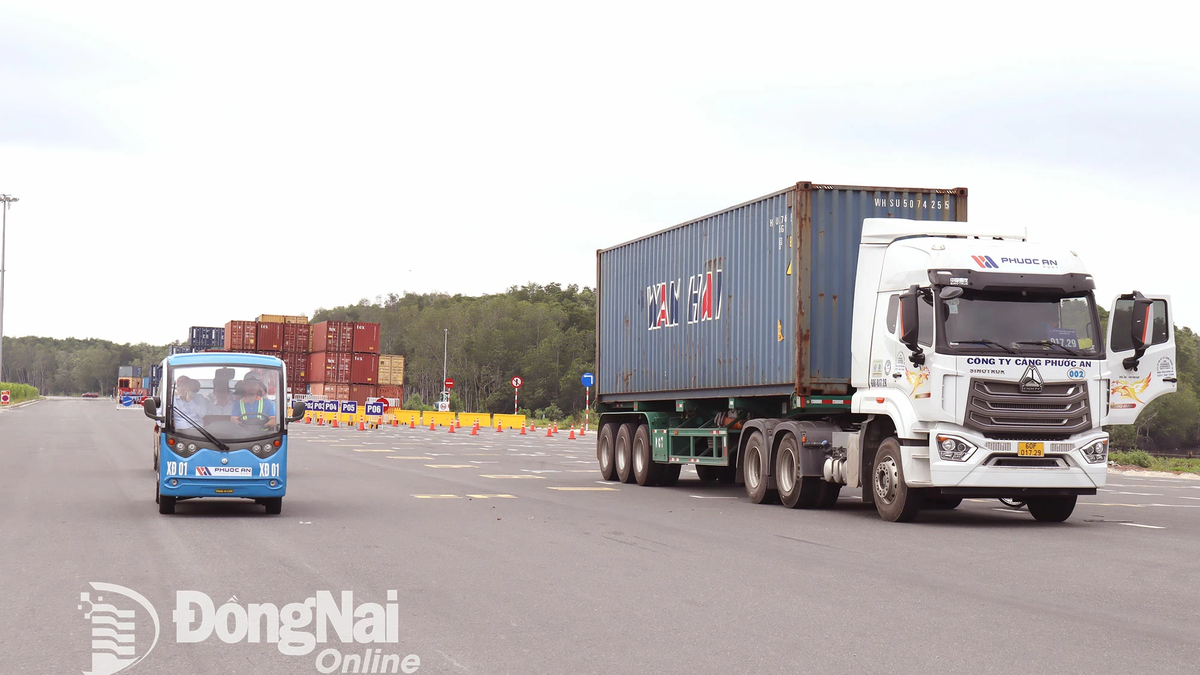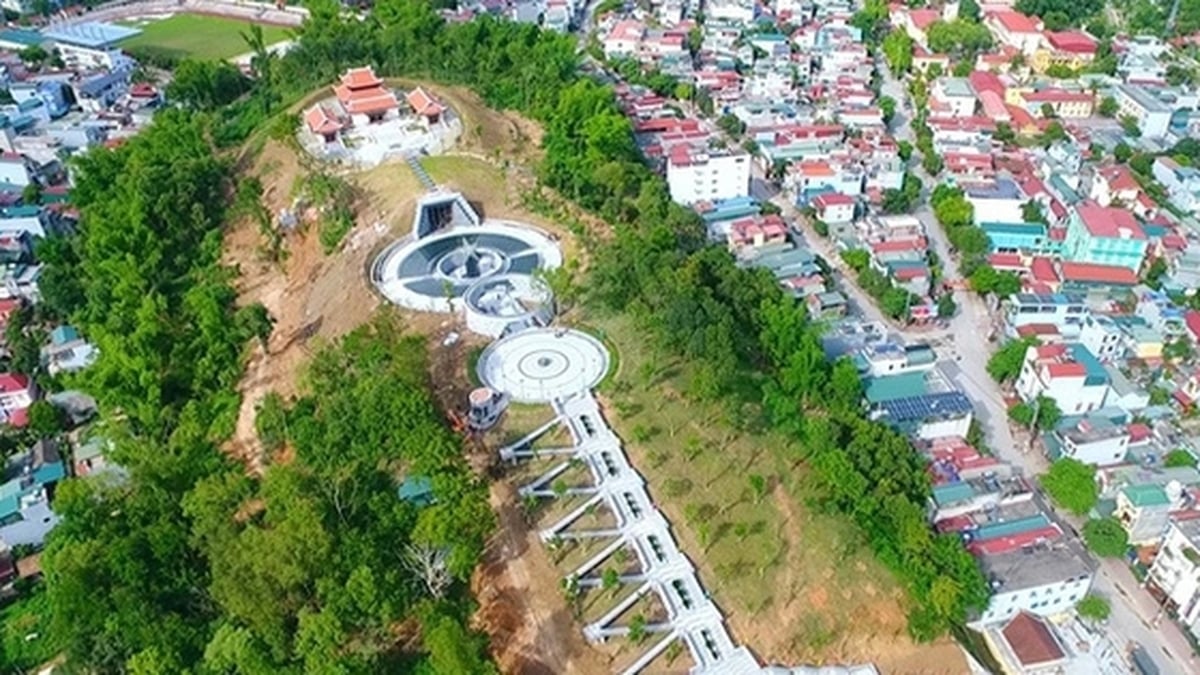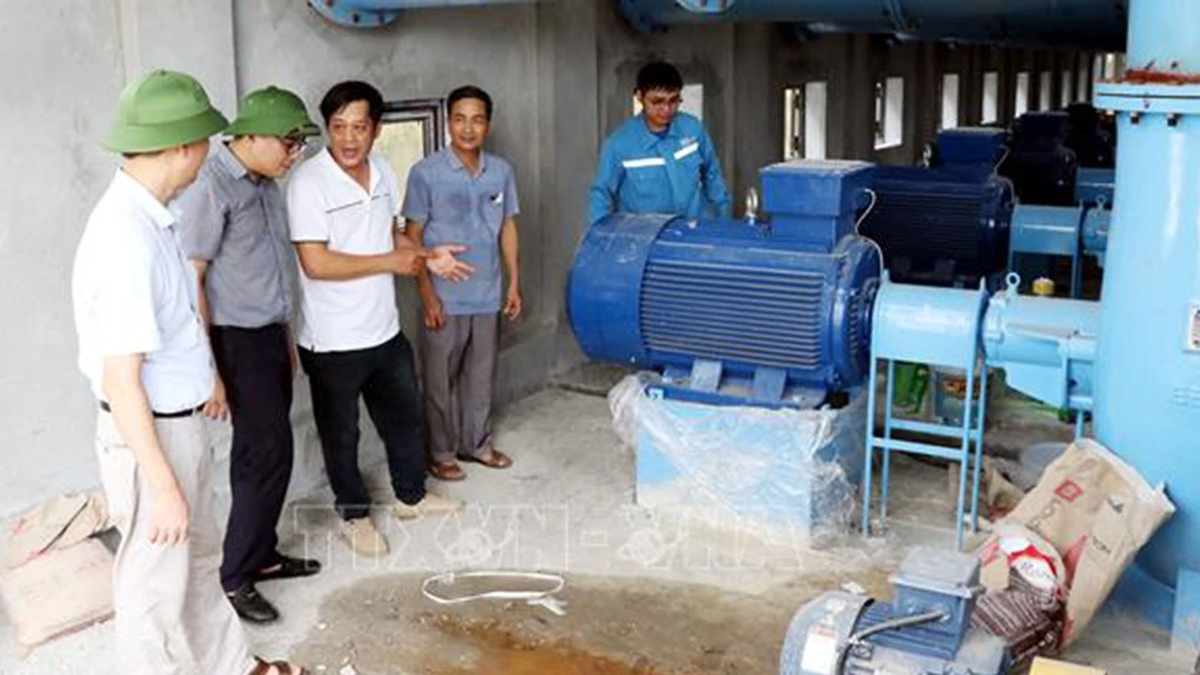A massive concrete pipeline with a capacity of 1.6 million cubic metres is being built under London to reduce the frequency of sewage discharges into the River Thames.
Inside London's new sewer line nearing completion. Video : New Scientist
London's new super sewer, a giant concrete pipe running 25km along the River Thames, is designed to solve a problem that the British capital and many other cities have struggled with for decades: dumping untreated sewage into waterways, New Scientist reported on June 2.
London's current sewer system is cracking at many seams. It was built between 1859 and 1875 after the Great Stinking River disaster of 1858. At the time, the city's population was around 3 million. Engineer Joseph Bazalgette designed the sewers to handle the sewage of 4.5 million people and the rainwater. Today, around 9 million people use the system. The weather is getting wetter and London is becoming more concreted, preventing the ground from absorbing rainwater.
The old system could not cope and was overloaded around 60 times a year, dumping a total of 50 million tonnes of raw sewage a year into the Thames, alongside wet wipes, sanitary products, condoms and anything flushed down the toilet.
“Our mission is to build a sewer that solves that problem,” said Andy Mitchell, CEO of Tideway, the company behind the project. Their solution is to build a giant pipe deep underground, beneath the Victorian sewer, to intercept the overflowing sewage. The Tideway Tunnel is one of the largest urban sewer projects in the world , according to Mitchell. It won’t solve the problem entirely; when it rains really hard, sewage still flows into the river. But the project will reduce the frequency to about three or four times a year, and the overflow will be mostly rainwater.
The tunnel entrance is a concrete cavern the diameter of a cooling tower and 50 meters deep. It needs to be this big to accommodate the massive tunnel boring machines. Engineers are lowered through a concrete frame attached to a crane. The circular tunnel is 7.2 meters in diameter and took eight years to build at a cost of $5.6 billion. The total capacity of the tunnel is 1.6 million cubic meters. It is due to open next year.
The tunnel slopes from west to east, allowing the wastewater to flow by gravity without the need for pumping. By the time the wastewater reaches its destination, the Beckton treatment plant, it will be 80 meters underground and will need to be pumped out. In about a year, the tunnel will be complete. The lights will be removed, the entrance sealed, and the tunnel will remain dark for at least 120 years. Maintenance checks will be carried out by drone.
An Khang (According to New Scientist )
Source link



























![[Photo] National Assembly Chairman Tran Thanh Man visits Vietnamese Heroic Mother Ta Thi Tran](https://vphoto.vietnam.vn/thumb/1200x675/vietnam/resource/IMAGE/2025/7/20/765c0bd057dd44ad83ab89fe0255b783)













































































Comment (0)